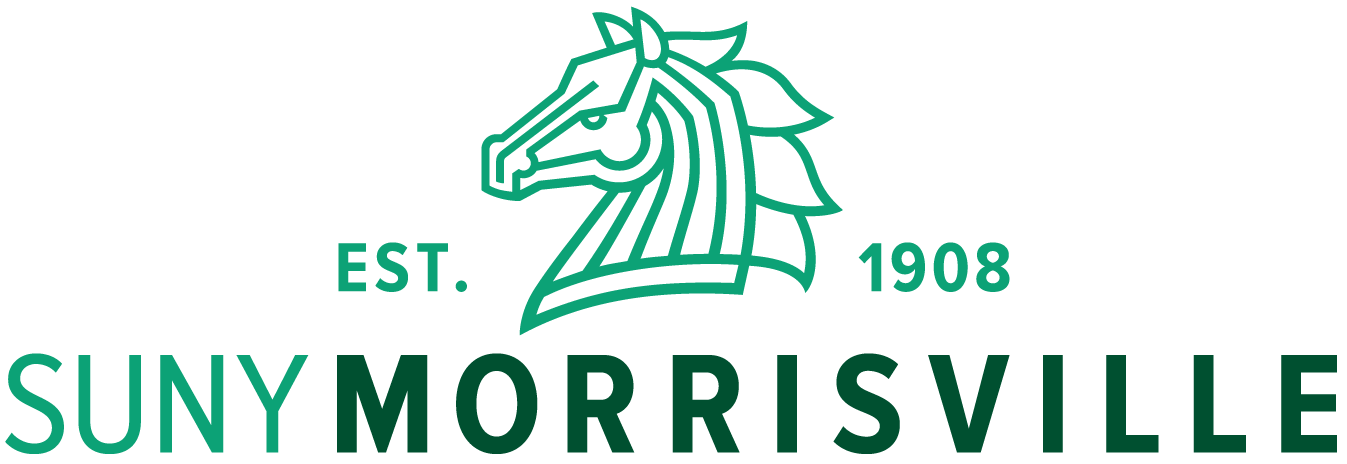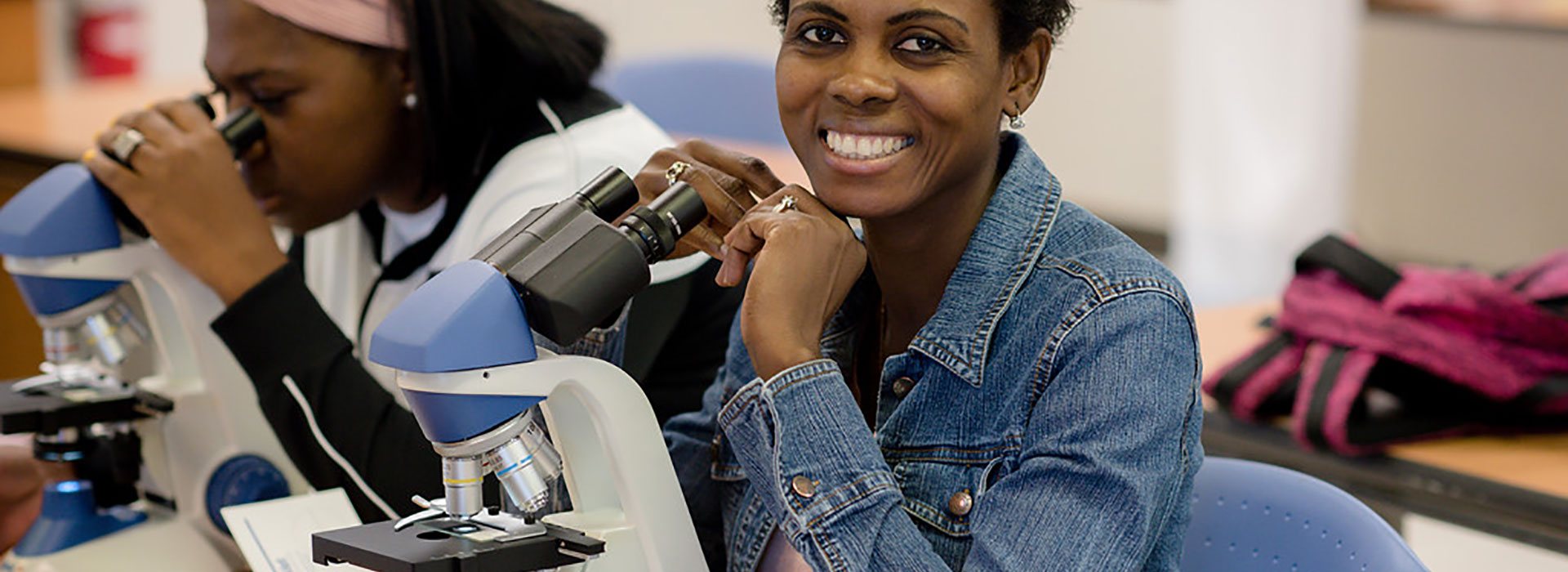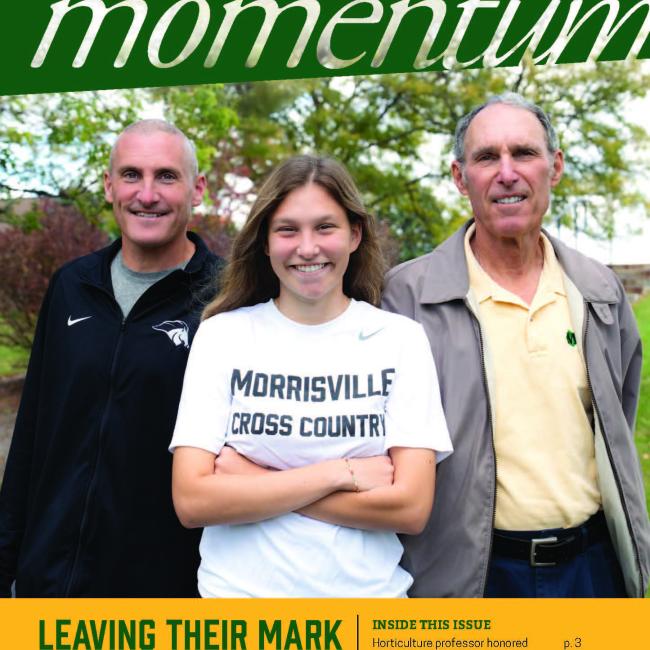Syracuse Educational Opportunity Center offers pathway to a new life
The Syracuse Educational Opportunity Center (SEOC) building on New Street just outside the Syracuse downtown district is bustling with activity on weekdays. Students visit with tutors in the basement library and computer lab and study in quiet corners. Classrooms for Certified Nursing Assistant students are set up to mimic a hospital room, complete with beds and medical equipment; nearby, construction trades students receive on-site training to prepare them for apprenticeship positions with local trade unions.
These classes aren’t for the typical students that often come to mind, though.
Adults who didn’t finish high school or struggled with college-level courses. Dislocated workers with outdated skills or homemakers looking to return to the workforce. Immigrants and refugees trying to start a new life in the United States.
These are the students who have found a new pathway for success at the SEOC, connected to SUNY Morrisville and allied with local employers to provide adult education programs and workforce development programs to the Central New York community.
Now in its 50th year of operation, the center’s offerings include hands-on vocational training, academic support for high school equivalency exams and college preparation and English as a Second Language (ESL) instruction.
“These are all pathways to higher paying careers,” said Marlena Daher-Rahman, director of community engagement at the Syracuse EOC. “We want to make sure that people who train through us will end up with a job that provides them with a living wage.”
From the ground level
The program traces its beginnings to the civil rights movement in the 1960s, when early organizers lobbied the governor for more access and opportunity for urban populations.
The statewide network now includes 10 Educational Opportunity Centers and two outreach and counseling centers, each connected with a SUNY institution.
“We needed something at the ground level in these urban areas, where individuals who are underrepresented or economically disadvantaged have the opportunity to vocational training to obtain employment and can follow academic pursuits to get into college,” said Syracuse EOC Vice President Timothy Penix.
“It’s a pathway to a better life,” he added.
The goal is to train students for jobs that exist in the local economy. Meetings with local employers keep EOC staff attuned to what needs exist in the community. An example: a recent partnership with National Grid created customized training for customer meter service positions, which started at a $60,000 annual salary.
“It’s good for the employer, because they get an employee who is trained in their specific needs,” Daher-Rahman said. “And for our students, if they succeed in the classroom, they will get an interview and possibly a job at the end of the training.
“It’s a success for everyone,” she continued.
By staying in tune with the local economy, the EOCs can also react to proposed business development. A proposed warehouse project in Central New York has instructors considering new curriculum in advanced manufacturing.
“The economy is changing so fast,” Penix said. “We can be somewhat nimble and flexible to figure out how to train people for that new setting.”
Real-life results
“Each student’s curriculum is different, but instructors try to mimic the schedule of a typical workweek.
“We want to see the behaviors that would be required on the job,” said Daher-Rahman. “Being on time, being motivated, being able to complete tasks in a timely manner — we are looking at those skills as well as the overall career goal.”
Instructor Amy Kozachuk said many students are the first in their families to pursue higher education.
“I feel like my job is not just about getting content across,” she said. “It is giving students opportunities to explore future careers and decide for themselves. Everyone here wants to help them navigate that process.”
Student success is measured by more than just grades and attendance.
“We talk about poverty in Central New York and what we can do about it. This is what we are doing about it,” Daher-Rahman said. “We are putting food on people’s tables at night; that’s the bottom line.”
Who uses the EOC?
- The average EOC enrollee is in their 30s, has an annual income of about $16,000, and is looking for a solution to either an educational or financial goal.
- About half of enrollees are unemployed at admission.
- More than 53 percent of enrollees are women, and about 80 percent are minority students.
- EOCs statewide enroll more than 10,000 students each year.
Source: SUNY.edu
From Afghanistan to Syracuse
Two years ago, Khalid Quraishi came to the United States from Afghanistan with a high school diploma and a dream of being a doctor.
He signed up for classes at a local community college, but struggled to keep up.
“It was so different and so hard for me,” he said.
He turned to the Syracuse Educational Opportunity Center (SEOC), starting with English as a Second Language (ESL) classes to strengthen his reading, writing and speaking skills, before moving into a full course load that includes science and mathematics.
“I think that every student comes here with some future goal that they have set for themselves — we just want to help them get there,” said instructor Amy Kozachuk. “The EOC is the step they need right now to get to the next one.”
With the help of tutors and faculty, Quraishi hopes to reenroll in college next spring, fully prepared for the rigors of a medical degree program.
“I want to be prepared,” Quraishi said. “It is an honor to be here, and I am so grateful for all of the help I have received.”


